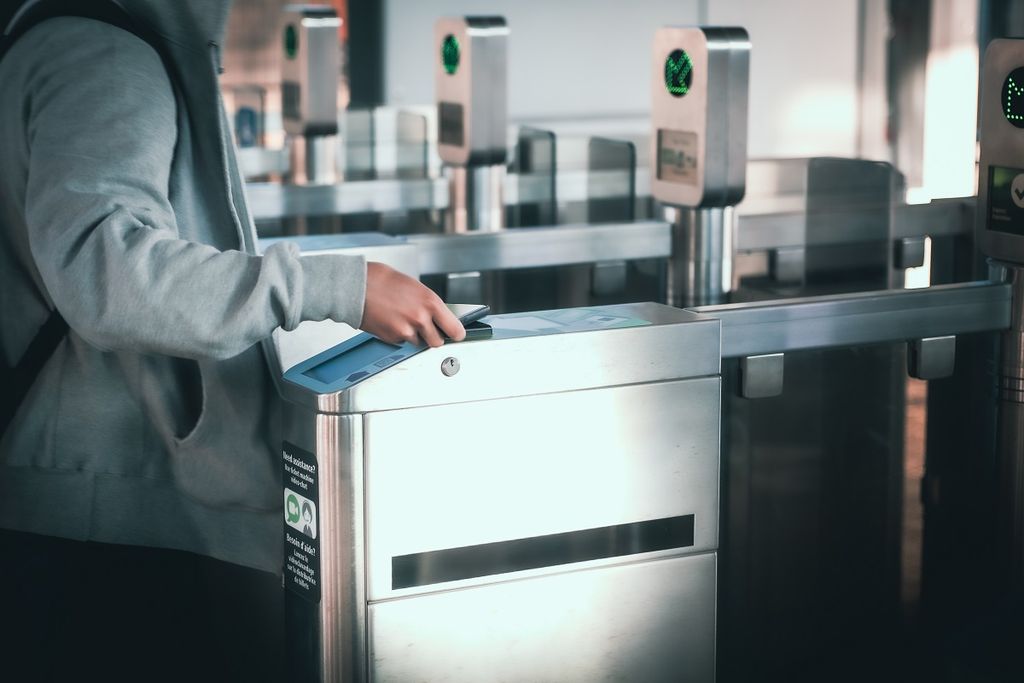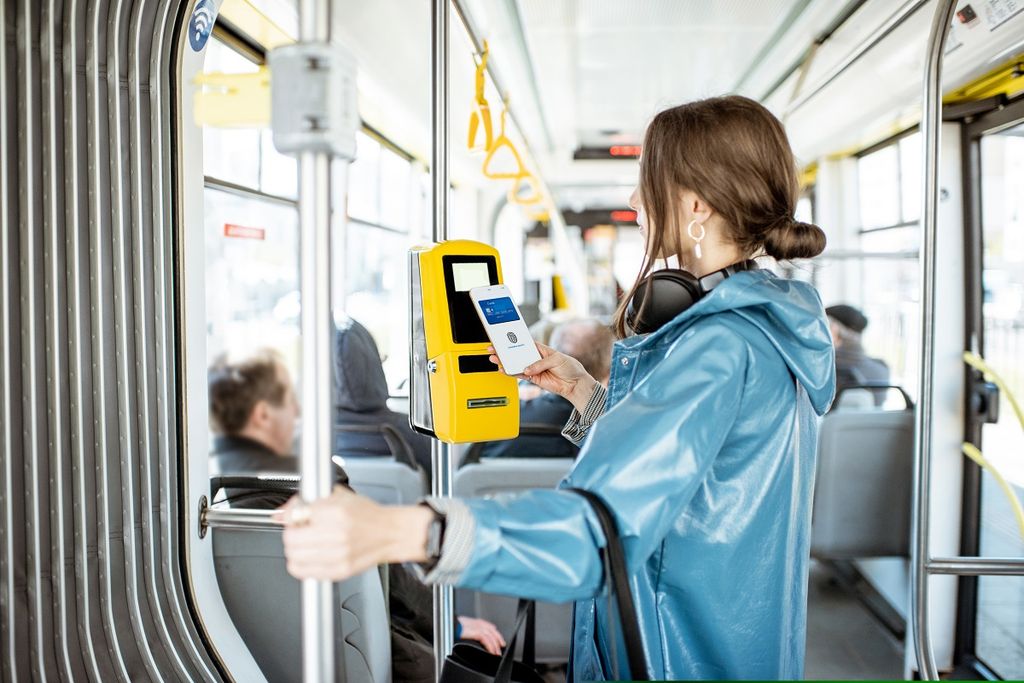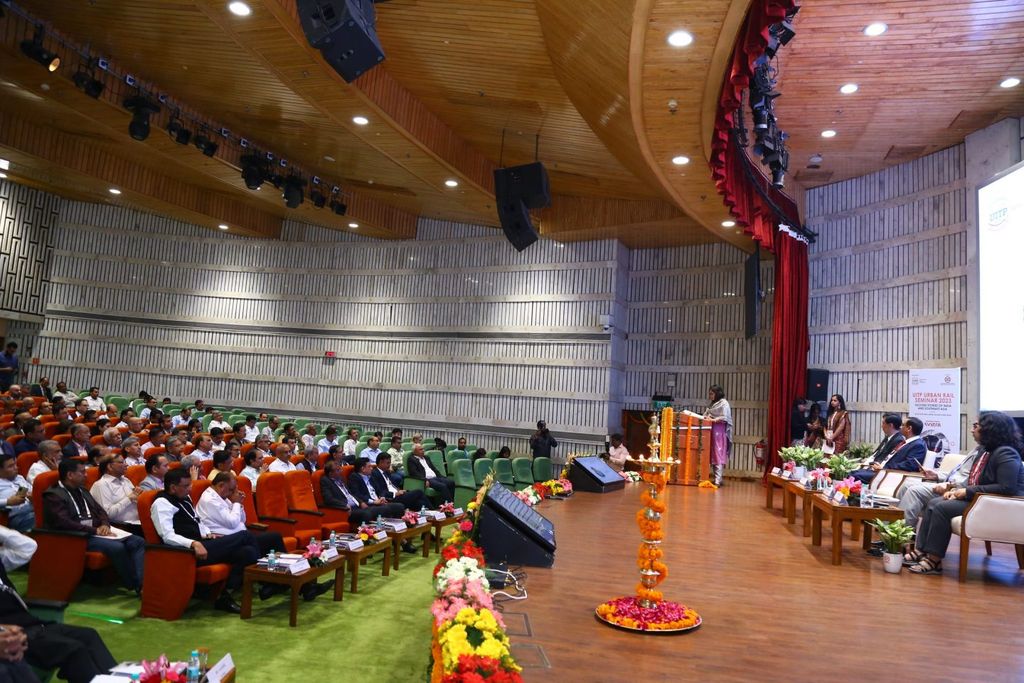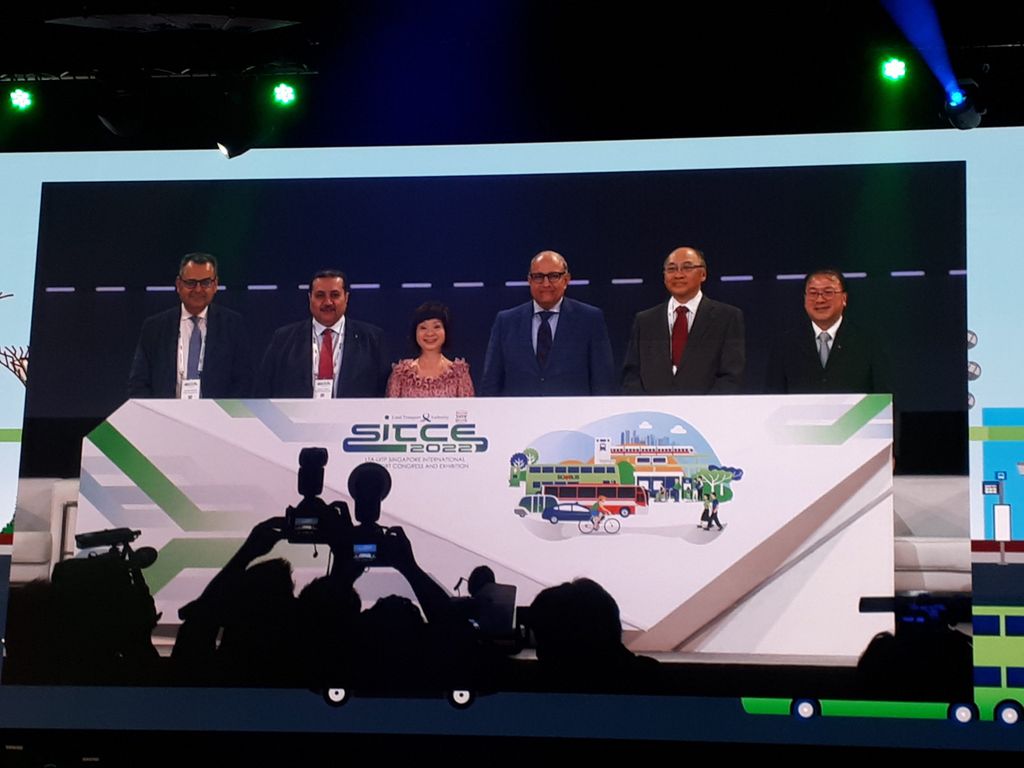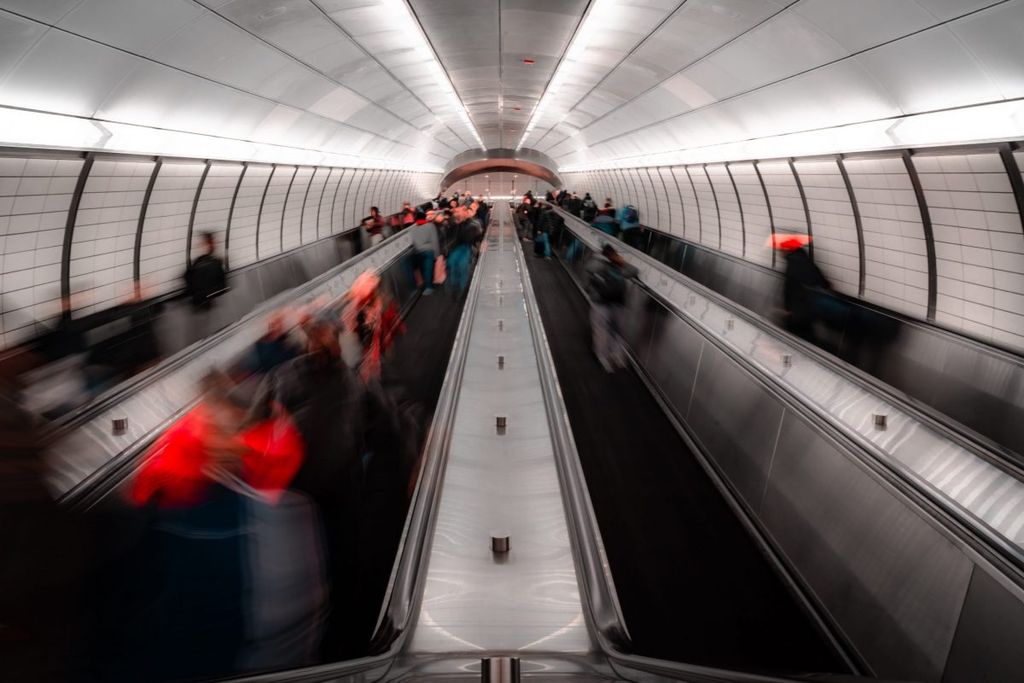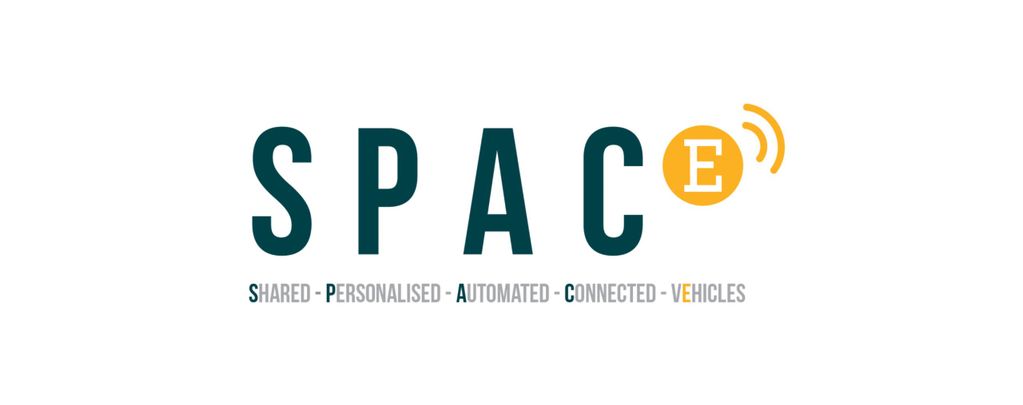
SPACE
Shared Personalised Automated Connected vEhicles
SPACE (Shared Personalised Automated vEhicles) is the flagship project from UITP with the aim of placing public transport at the centre of the automated vehicles revolution. The SPACE project counts more than 50 partners, who are all UITP members.
Cities play a crucial role as engines of the economy, as places of connectivity, creativity and innovation. As one of the latest developments in mobility, the arrival of automated vehicles (AVs) represents a unique opportunity for a fundamental change in urban mobility that could result in healthier, more competitive and greener cities.
SPACE centres on the notion that this will only happen if AVs are used as shared vehicles that are integrated into an effective public transport network. By employing AVs as shared vehicles, such as shuttle buses or in car or ride-sharing schemes, AVs could drastically reduce car ownership, regain essential urban space, and result in better mobility for all.
SPACE is an initiative by UITP and counts over 50 partners covering the whole urban mobility sector.
More information: www.space.uitp.org
- 57 partners
From more than 20 countries
- March 2018
the SPACE project launched in
- UITP
An initiative by
Contact
UITP

Membership benefits


